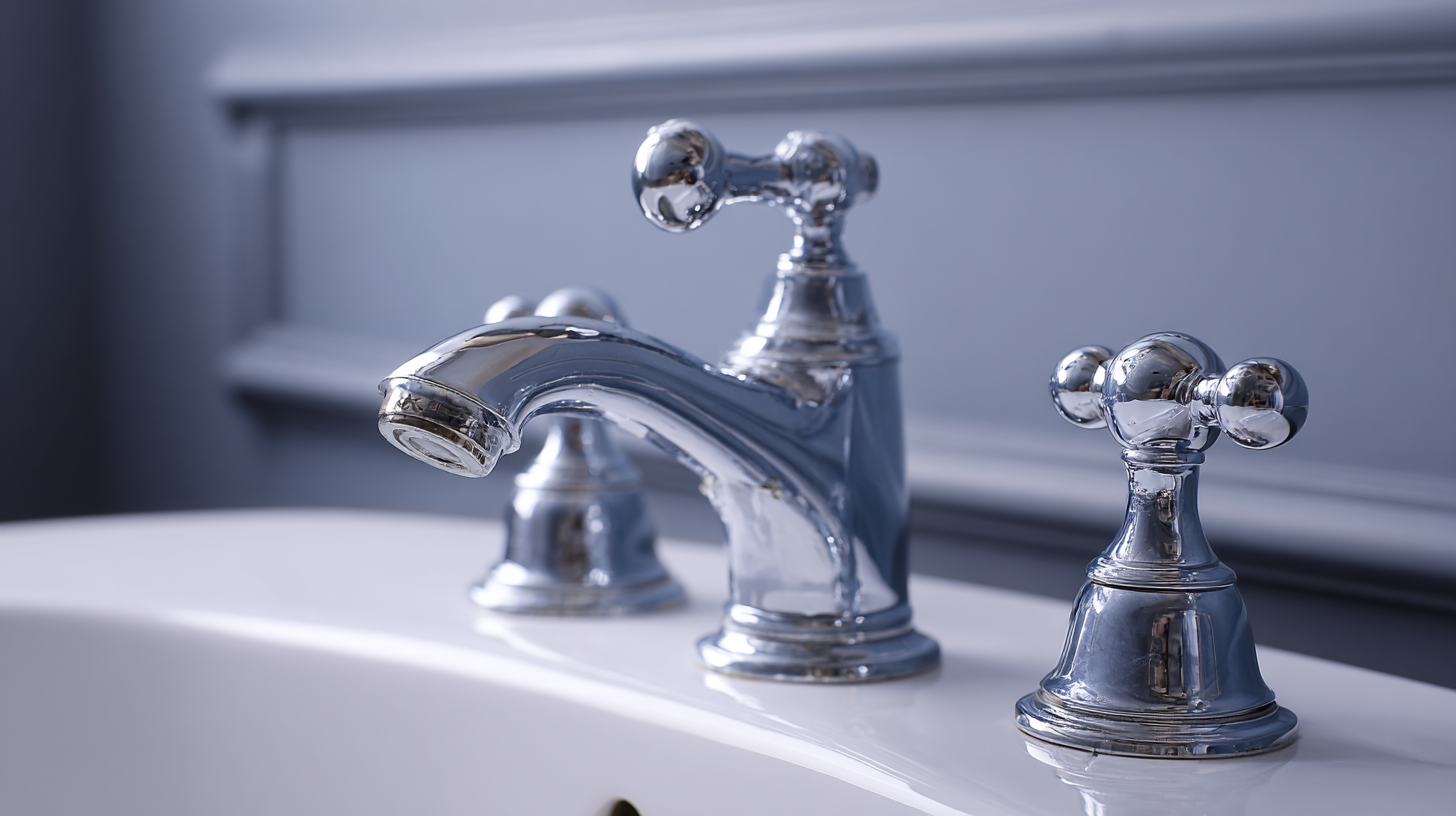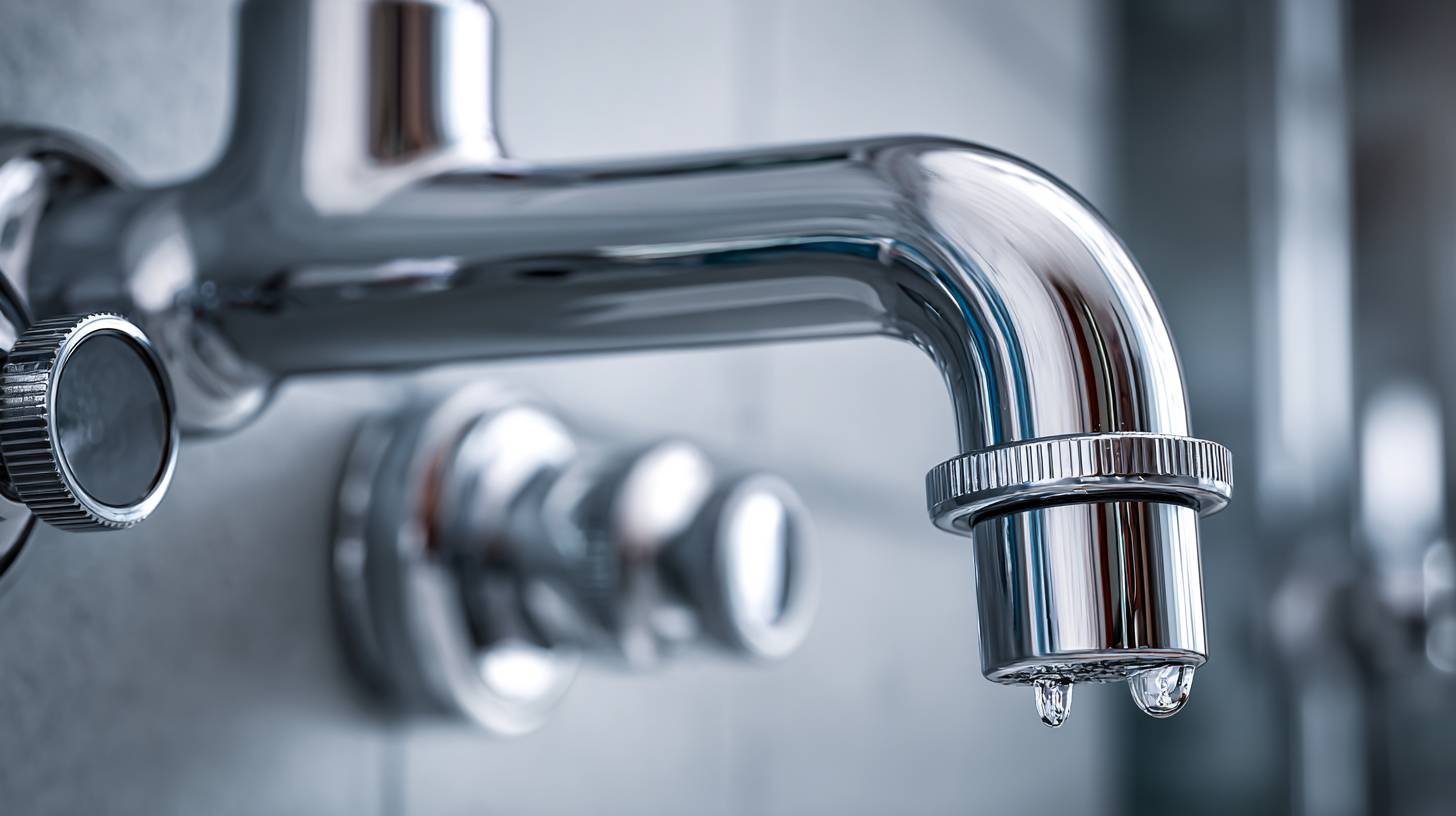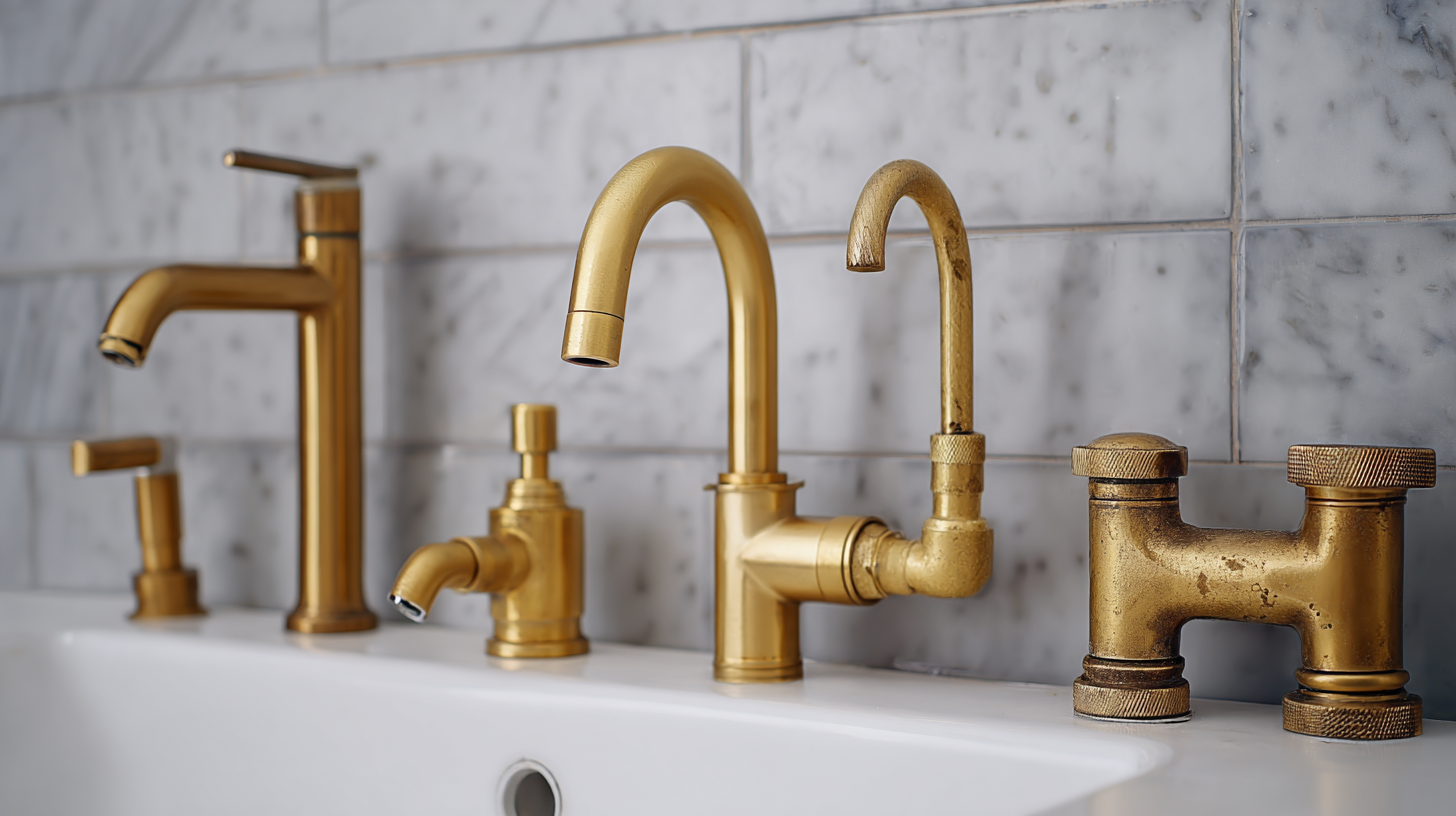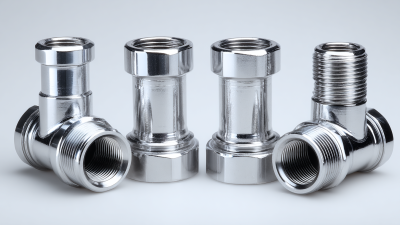How to Choose the Right Sanitary Fittings for Your Plumbing Needs
When it comes to plumbing, selecting the right fittings sanitary is crucial for ensuring a system that is both efficient and durable. According to a report by IBISWorld, the plumbing industry in the United States has witnessed a steady growth trajectory, with a market size exceeding $107 billion as of 2022, highlighting the importance of quality installations. Additionally, a survey conducted by the American Society of Plumbing Engineers (ASPE) indicated that nearly 30% of plumbing failures can be traced back to improper fitting choices. This indicates that the selection of appropriate sanitary fittings is not merely an aesthetic decision but a fundamental aspect of plumbing design that significantly impacts operational reliability and longevity. Therefore, understanding the various types of sanitary fittings and their specific applications can greatly enhance performance, improve water efficiency, and reduce long-term maintenance costs.

Understanding Different Types of Sanitary Fittings for Plumbing
When choosing sanitary fittings for plumbing, it's essential to understand the various types available to ensure they meet your needs effectively. Sanitary fittings encompass a wide range of products, including pipes, traps, bidets, and toilet accessories. Understanding the different materials and designs can greatly influence their performance and longevity. For instance, the residential plumbing sector is projected to experience significant growth, with a forecasted market share of 65.6% by 2024, attributed to increased disposable incomes and home improvement trends.
Bidet showers have emerged as a popular alternative to traditional toilet paper, offering an eco-friendly and hygienic option for users. As interest in these products grows, understanding their installation and effective use becomes crucial. Additionally, proper maintenance of sanitary ware is important; high-quality bathroom cleaners can effectively tackle hard water stains and mold, enhancing the lifespan of fittings. With the ongoing innovations in the sanitary ware market, such as new pipe manufacturing ventures, consumers have more access to advanced plumbing solutions that cater to modern needs.
How to Choose the Right Sanitary Fittings for Your Plumbing Needs
This chart represents the distribution of various types of sanitary fittings commonly used in plumbing installations. The data reflects the prevalence of each type in residential and commercial projects.
Factors to Consider When Selecting Sanitary Fittings
When selecting sanitary fittings for your plumbing needs, several key factors must be taken into consideration to ensure both functionality and aesthetic appeal in your bathroom. First, durability is paramount. According to a recent industry report, high-quality fixtures can last significantly longer, reducing the need for frequent replacements. It's advisable to opt for materials such as brass or stainless steel, which are known for their resistance to corrosion and wear over time.
Additionally, the design and compatibility with existing plumbing systems are crucial. Experts suggest that modern fittings should not only match the style of your bathroom but also adhere to the specifications of your plumbing setup. For instance, dimensions and fitting types need to be compatible to avoid costly adjustments or leaks. Furthermore, sustainability has become an essential consideration; eco-friendly fittings can reduce water usage and promote energy efficiency, aligning with modern environmental standards. Prioritizing these factors will ultimately lead to a more satisfying and sustainable plumbing solution.

Evaluating Material Options for Durability and Performance
When selecting sanitary fittings for plumbing needs, the choice of material plays a crucial role in ensuring durability and performance. Recent advancements in materials science shed light on the benefits of utilizing specific types, such as bio-based options and innovative composites. For instance, a critical evaluation of current materials has shown that those incorporating sustainable elements, like wood fiber insulation, exhibit favorable hygrothermal and energetic performance, aligning with the need for environmentally responsible construction.
Additionally, a study on the mechanical performance and durability of cement-based materials, which included alternative additives like sesame shells, demonstrated enhanced structural integrity under various environmental stresses. This research emphasizes the importance of evaluating not just the initial performance, but also the long-term durability of sanitary fittings under potential microbiological and chemical attacks. Choosing fittings designed with these advanced materials can significantly contribute to the longevity and functionality of plumbing systems, making informed material selection an essential step in any plumbing project.
Compatibility with Existing Plumbing Systems: Key Considerations
When selecting sanitary fittings for your plumbing needs, ensuring compatibility with your existing plumbing system is crucial. One of the first considerations should be the materials used in your current plumbing. Common materials such as PVC, copper, and PEX may require fittings designed specifically for them to ensure a secure and leak-free connection. For example, transitioning from copper pipes to PVC fittings may necessitate special adapters, which can add complexity to the installation process.
Additionally, pay attention to the diameter of your existing pipes. Sanitary fittings come in various sizes, and using the correct diameter is essential for maintaining efficient water flow and pressure. Incompatible sizes can lead to blockages or even burst pipes. It is also important to consider the overall design of your plumbing system. Some systems may have specific requirements for bends, angles, or types of fittings that best suit the configuration. Consulting with a plumbing professional can help identify the ideal fittings that align with your existing setup and ensure optimal performance in your plumbing system.

Tips for Sourcing Quality Sanitary Fittings from Reliable Suppliers
When sourcing quality sanitary fittings for your plumbing needs, it's essential to consider several critical factors. First, look for suppliers with a solid reputation and a track record of providing high-quality products. Research online reviews, ask for recommendations from industry professionals, or join plumbing forums to gather insights on reliable manufacturers and distributors. Building relationships with reputable suppliers can lead to long-term benefits and access to special deals.
Additionally, assess the materials and certifications of the sanitary fittings offered by potential suppliers. High-quality fittings should be made from durable materials such as brass, stainless steel, or high-grade plastic. Moreover, ensure that the products comply with relevant standards and regulations, which can often be verified through certification seals. This focus not only guarantees the longevity and performance of the fittings but also ensures they contribute to the overall safety and efficiency of your plumbing system.
Related Posts
-

7 Best Practices for Choosing Sanitary Pipe Fittings for Your Business
-

How to Choose the Best Fittings Sanitary for Your Plumbing Needs
-

How to Choose the Right Sanitary Fittings for Your Plumbing Needs
-

7 Essential Tips for Choosing the Right Sanitary Fittings for Your Project
-

How to Choose the Right Sanitary Pipe Fittings for Your Plumbing Needs
-

The Future of Diaphragm Valves Set to Transform Fluid Control Technologies